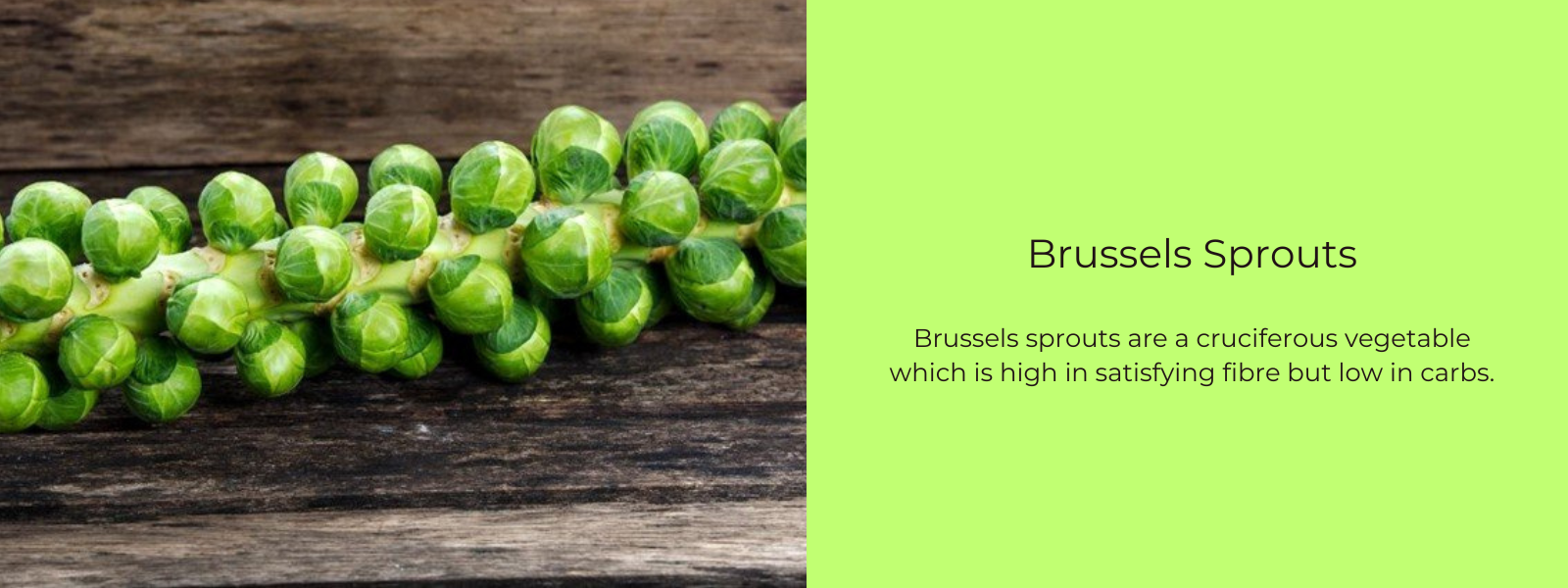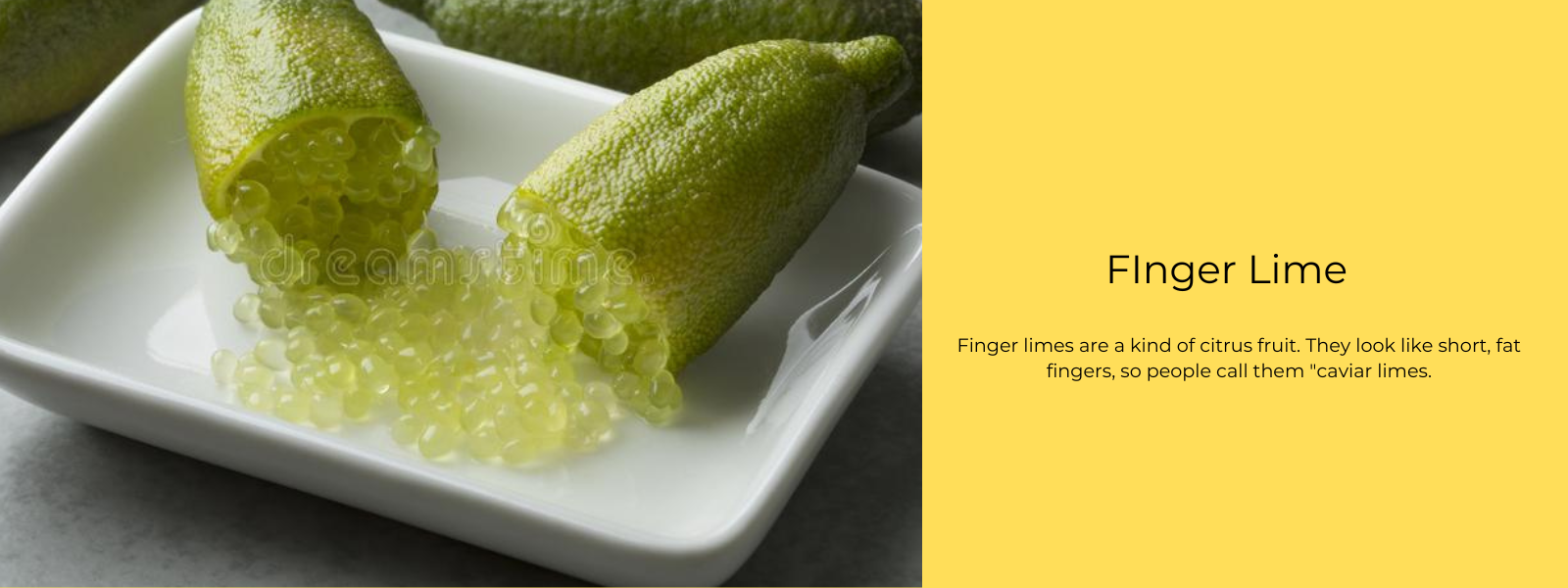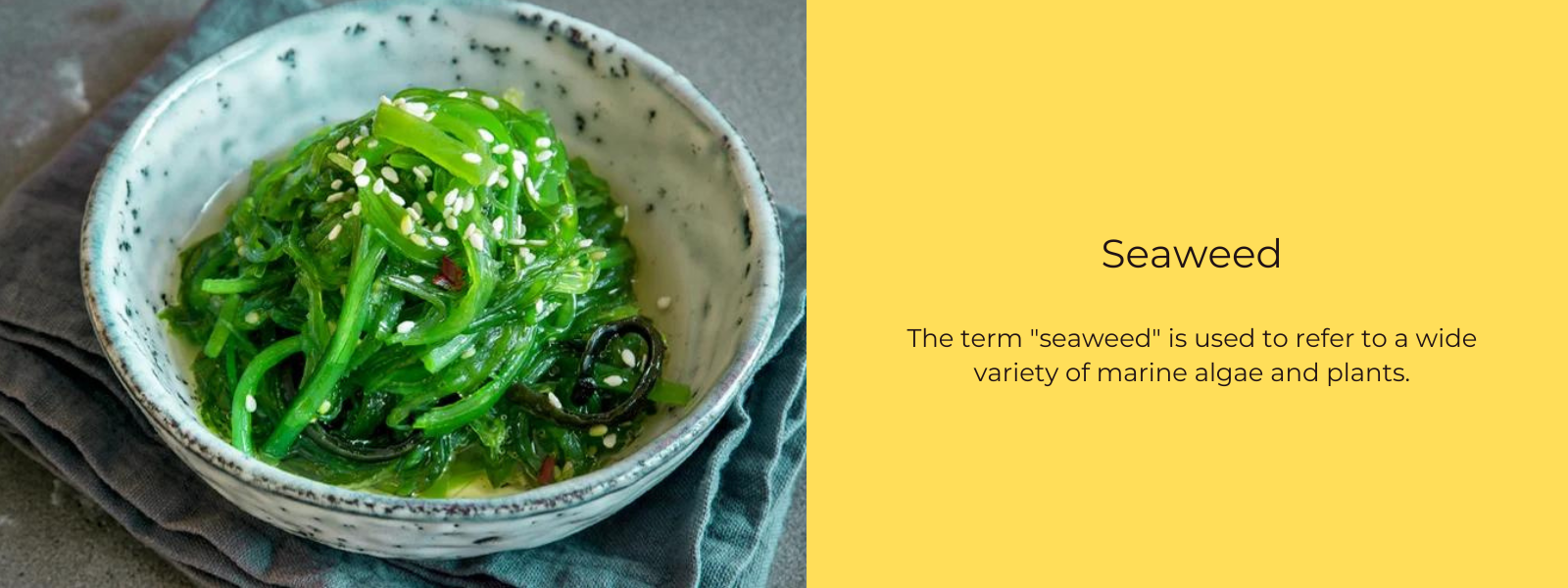Watercress is a well-known aquatic vegetable for its zesty flavour. It is present in numerous water sources in Europe to Asia and has found its way into numerous cuisines. Since watercress is regarded as an invasive species, consuming it is not only beneficial for your health but also for the environment.
Table of Contents
What is watercress?
The watercress plant (Nasturtium officinale) thrives naturally in streams and shallow water. Watercress is associated with collard greens, Brussel sprouts, kale, cabbage, turnips, and radishes as a member of the mustard family.
If you are unfamiliar with the appearance of watercress, it consists of a cluster of small, round, glossy, green leaves that have circular margins that stick to light green hollow stems. The flavour is piquant and peppery, with an arugula-like fresh, vegetal aroma. Flowers usually are not consumed.
Additionally, watercress may be cultivated hydroponically year-round. (Hydroponics is a technique for cultivating plants without soil.)
Nutrition in watercress:
Vitamin A
Vitamin C
Calcium
Beta-carotene
Vitamin K
Potassium
Carotenoids
Magnesium
Health benefits of watercress:
The minerals, vitamins, and antioxidants in watercress are beneficial to health. Watercress is high in vitamin A, also known as retinol, which is essential for maintaining healthy retinas and excellent vision. In addition to being essential for cell division, vitamin A is essential for maintaining healthy organs.
Vitamin C is also abundant in watercress, which supports the immune system, aids in wound healing, and promotes collagen production.
In addition, watercress offers the following additional health benefits:
Reduces Chance of Cancer
Watercress is rich in the antioxidant-rich carotenoids beta-carotene and other carotenoids. Carotenoids, like the majority of antioxidants, have been related to a reduction in free radicals in the human body. This reduces oxidative stress and the risk of cell injury, cancer, and chronic diseases such as arthritis.
Strengthens Heart Health
Consuming watercress is beneficial for cardiac health. Antioxidants are associated with lower blood pressure, a reduced risk of cardiac disease, and even a reduced risk of heart attacks and strokes. Preliminary research suggests that watercress can additionally lower your cholesterol levels.
Promotes Bone Health
Watercress is a great source of calcium, potassium, and magnesium, three minerals essential for healthy bones. Calcium is among the most prevalent minerals within the human organism. If you do not consume enough calcium, you may develop osteoporosis due to gradual bone deterioration.
Both potassium and magnesium indirectly influence skeletal health by influencing bone cell growth. Consuming sufficient amounts of these minerals can reduce the risk of osteoporosis and aging-related complications.
How to eat watercress:
Watercress is commonly available in supermarkets as well as health food stores nationwide. Because it is an aquatic plant, raw watercress is more readily available during the warmer months, typically from the month of April to September. It is a peppery and tangy leaf that is crisp and airy. This makes it an ideal ingredient for salads, beverages, and other dishes.
Here are several methods to incorporate watercress into your diet:
- Sprinkle watercress on any salad.
- Consider watercress chowder.
- As an aromatic side dish, cook watercress with ginger.
- To include watercress in a panini.
- Add watercress to stir-fry dishes.
- Watercress is blended with vegetables and fruits to create a green smoothie.
Things to watch out for:
Watercress is an excellent source of vitamin K. For many individuals, this is acceptable. However, individuals taking the blood-thinning drug Warfarin should limit their consumption of watercress. To function properly, Warfarin requires a relatively constant level of vitamin K in the body. A sudden addition of a significant amount of the vitamin might cause drug interactions.
In the presence of bacteria, the nitrates in watercress can be transformed to nitrites. Nitrites are associated with a higher risk of gastric cancer. Watercress-containing juices or smoothies should be taken immediately or preserved and eaten within a day to prevent bacterial contamination.











Leave a comment